Market Structures: Comparing Short-Run and Long-Run Dynamics
VerifiedAdded on 2022/08/20
|7
|679
|12
Homework Assignment
AI Summary
This assignment provides a comparative analysis of four key market structures: perfect competition, monopolistic competition, oligopoly, and monopoly. It examines the number of producers, product differentiation, pricing power, barriers to entry, and non-price competition within each structure. The assignment delves into the economic profits earned in the short and long run, considering factors affecting cost curves and demand curves. It discusses the average total cost (ATC) curve, illustrating how companies in each market structure make decisions and achieve equilibrium. The analysis includes graphical representations of cost curves and profit scenarios, providing a comprehensive understanding of market dynamics and the differences in performance across various market structures.
1 out of 7
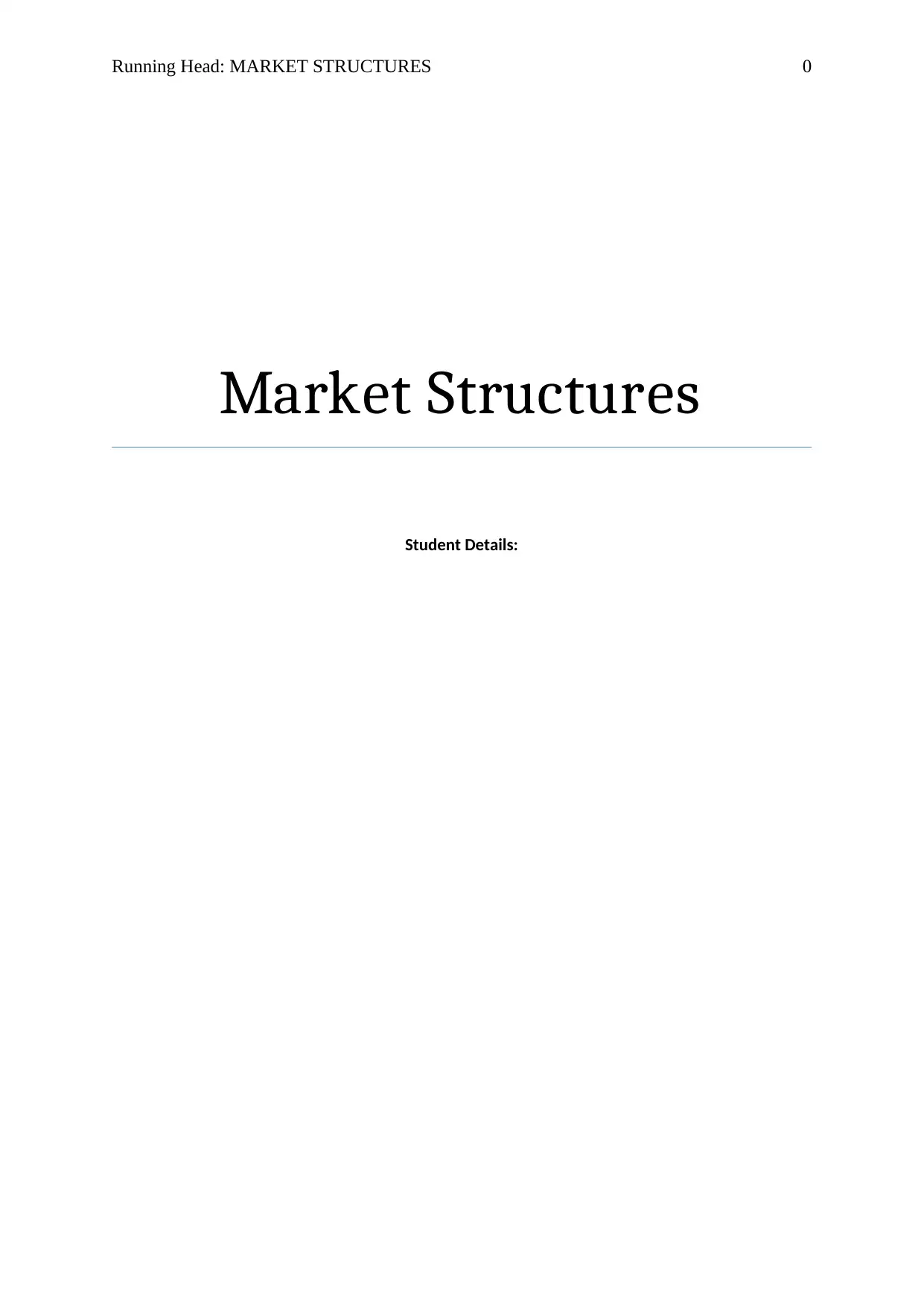
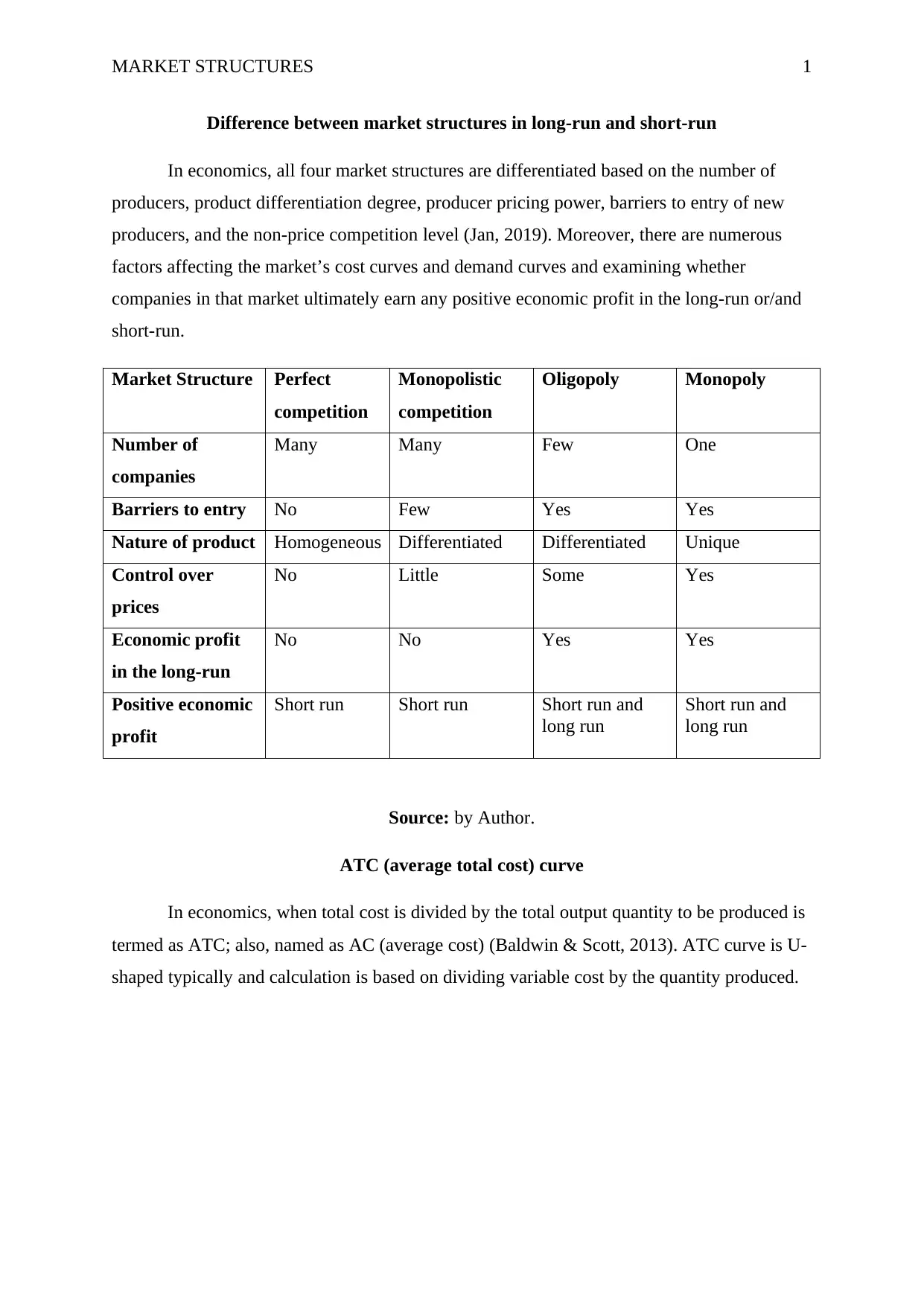
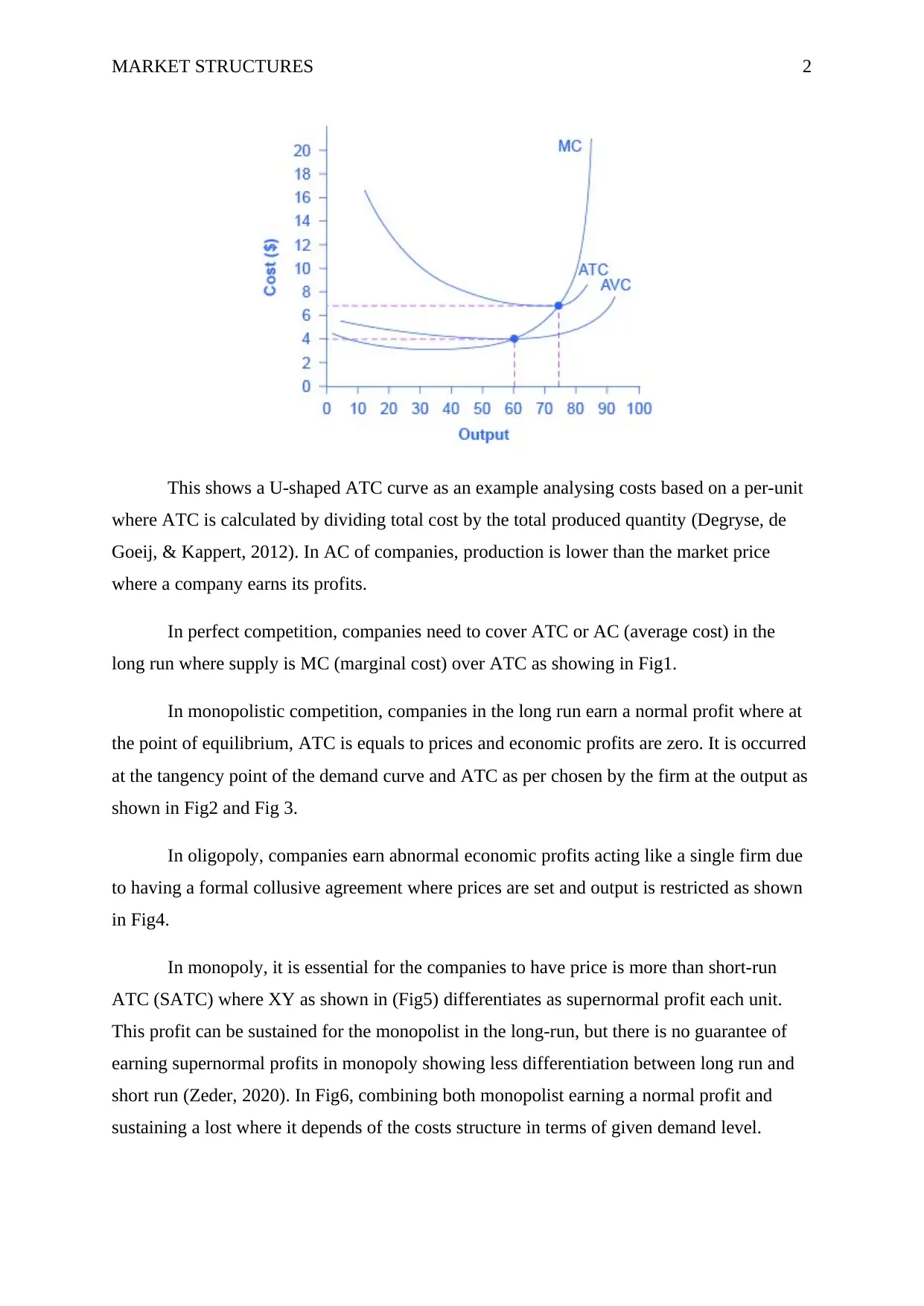

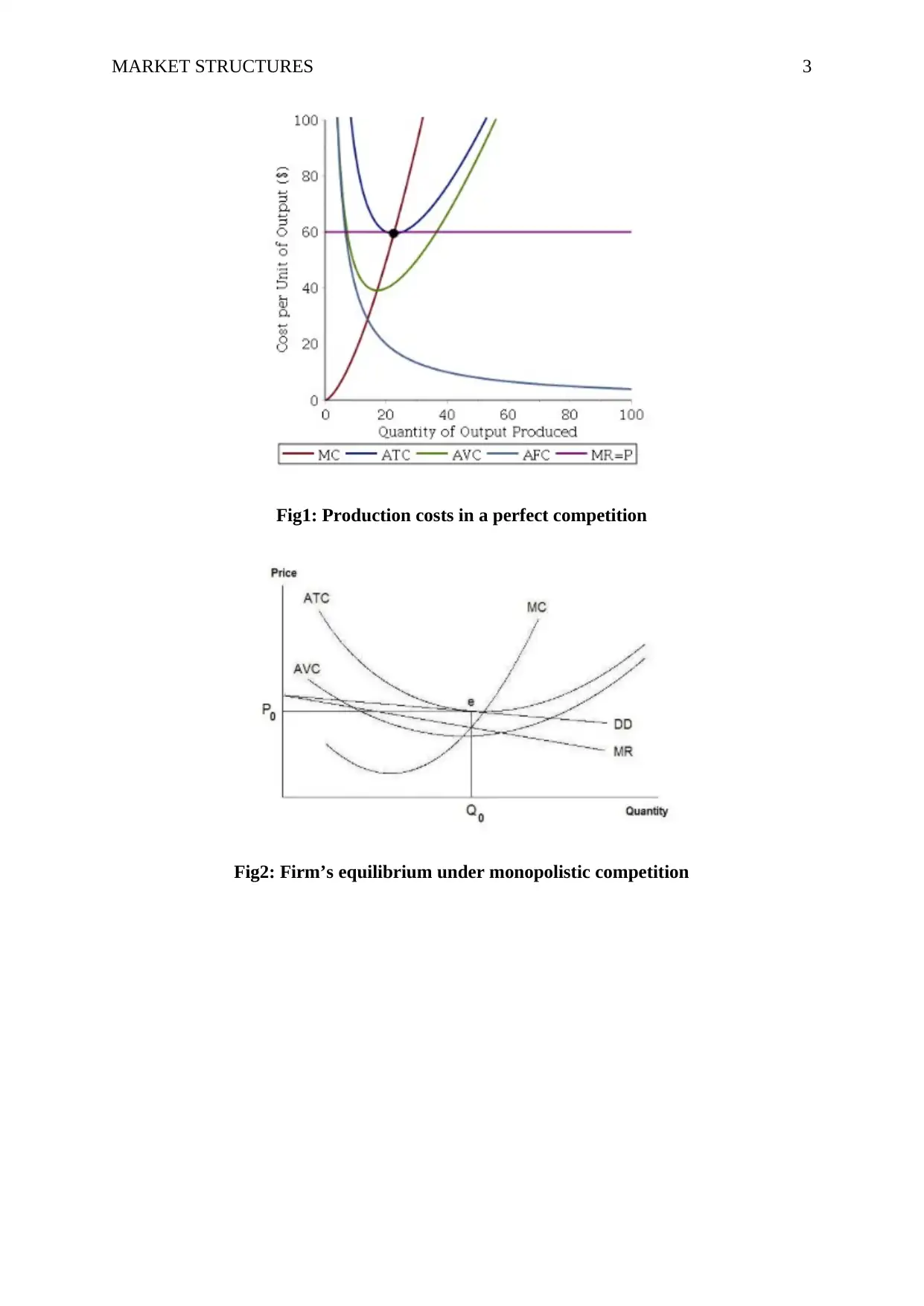
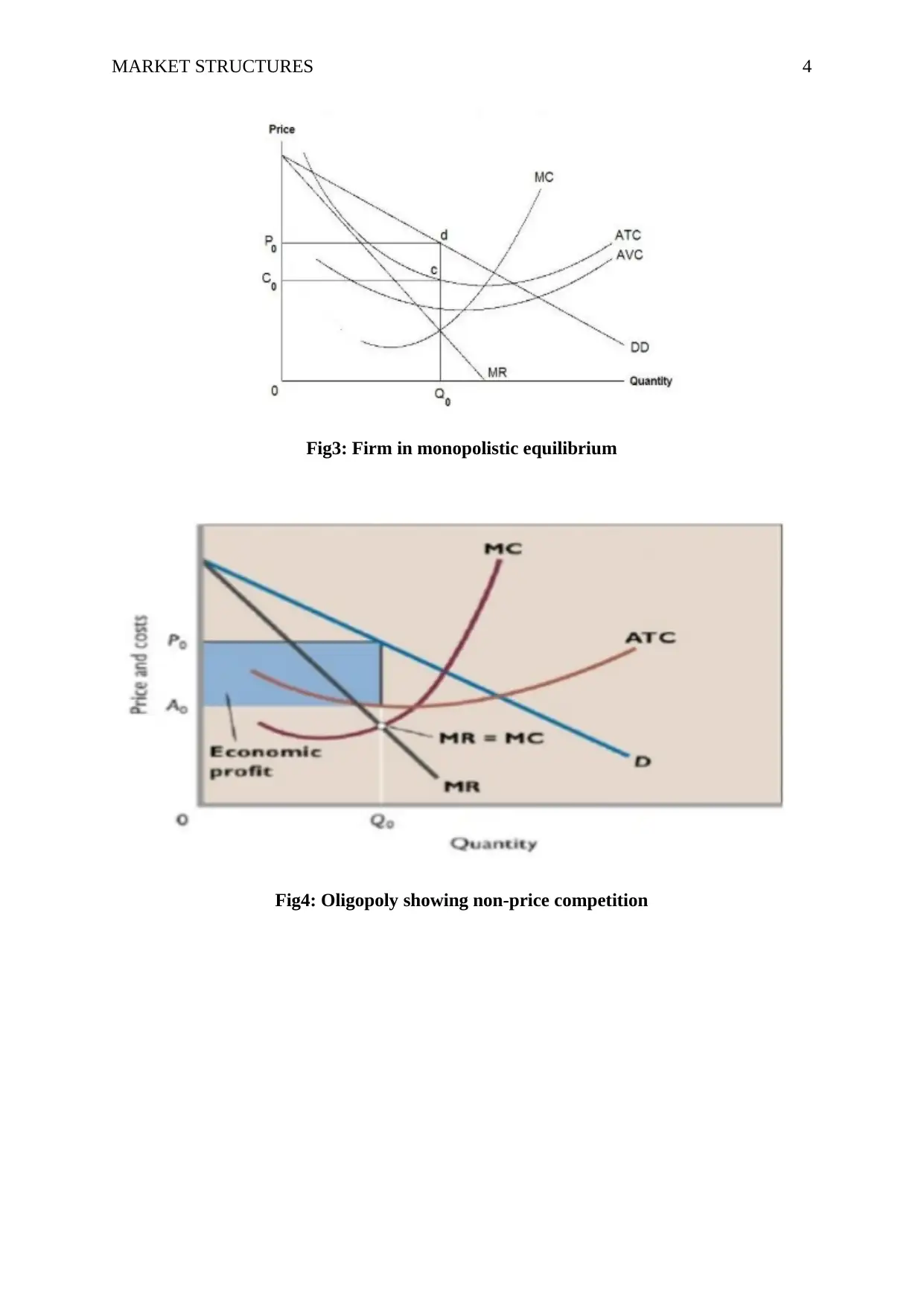
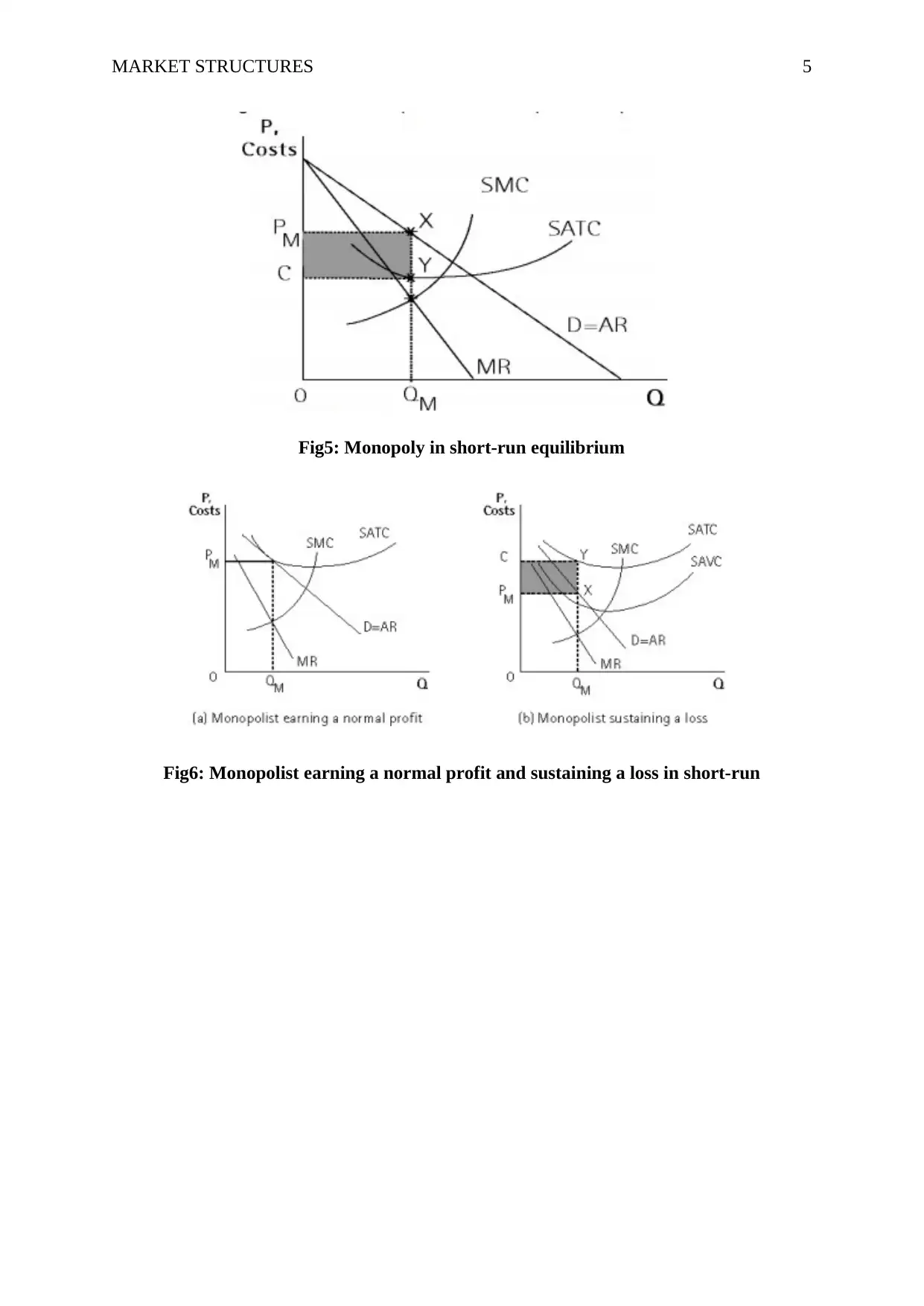
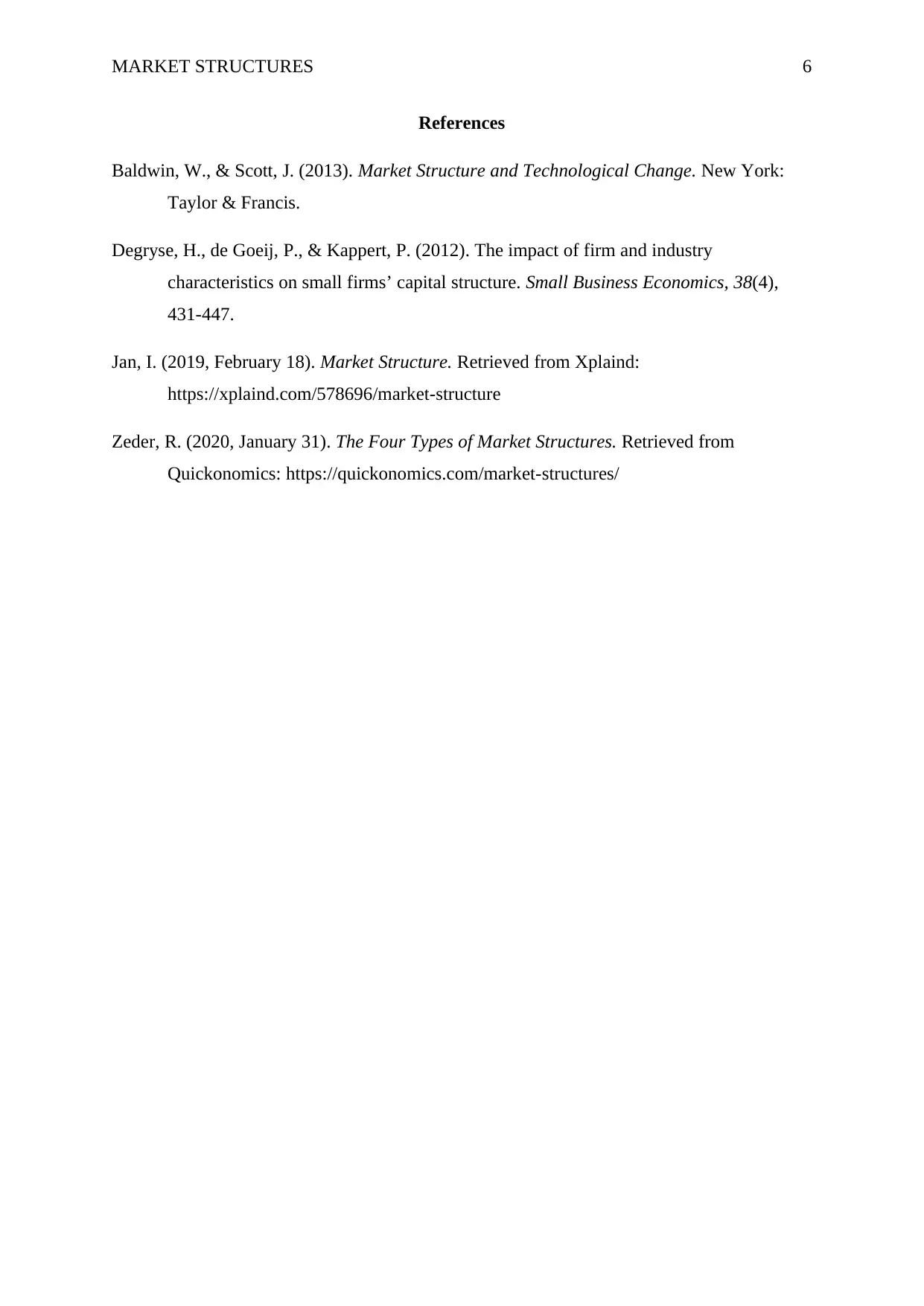




![[object Object]](/_next/static/media/star-bottom.7253800d.svg)